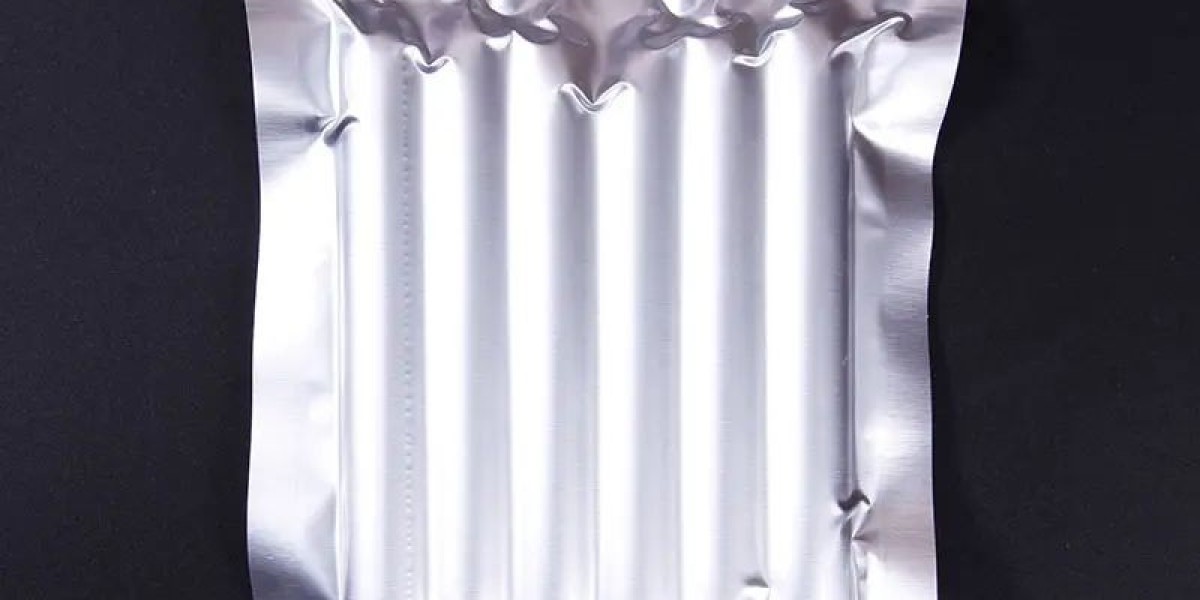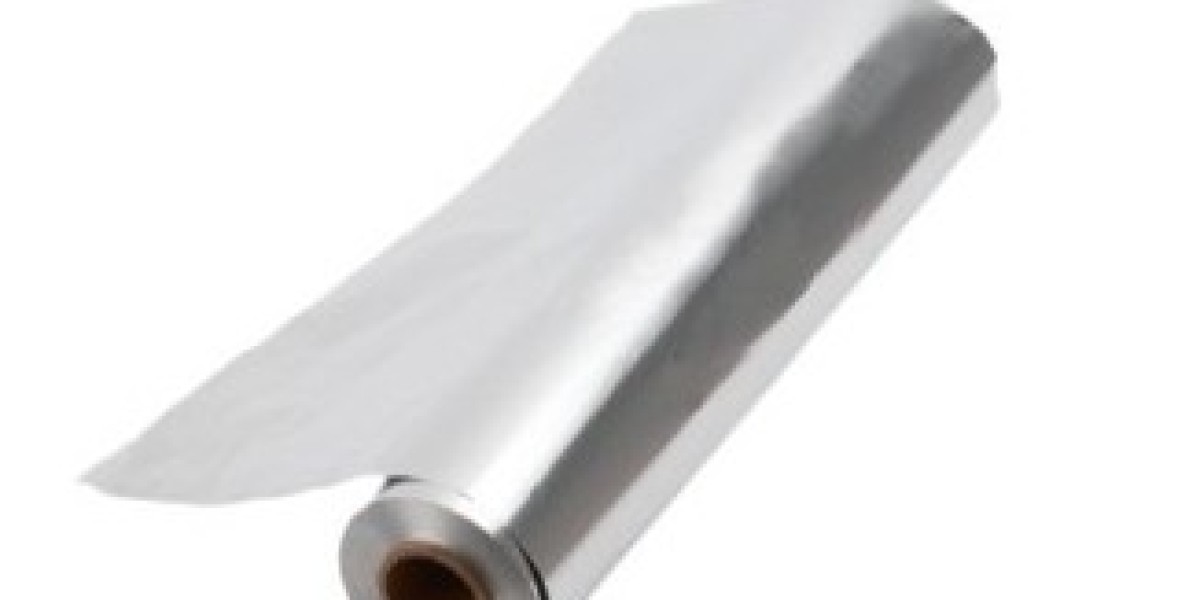For decades, aluminium foil has been a trusted helper in kitchens worldwide. But in recent years, it has found itself at the center of online health debates. Scary headlines claim a link to everything from Alzheimer’s disease to cancer, leaving many home cooks worried. How much of this is based on science, and how much is pure myth? Let’s separate fact from fiction and lay your concerns to rest.
Myth 1: Cooking with Aluminium Foil Causes Alzheimer’s Disease.
This is one of the most persistent and alarming myths. Let’s set the record straight.
The Origin: In the 1960s and 70s, studies found high levels of aluminium in the brains of Alzheimer’s patients. This correlation sparked a theory that aluminium exposure could be a cause of the disease.
The Scientific Consensus: Decades of extensive research since then have failed to establish any causal link. According to organizations like Alzheimer's Society and the Alzheimer's Association, aluminium is not considered a primary cause of Alzheimer's disease. The high levels found in brains are now widely believed to be a consequence of the disease, not the cause. The scientific community has largely moved on from this theory.
Myth 2: Aluminium Leaches into All Food in Dangerous Amounts.
This myth contains a kernel of truth but is generally overstated.
The Fact: It is true that small amounts of aluminium can leach from foil or cookware into food, especially when cooking with acidic ingredients (like tomatoes, citrus, or rhubarb) or highly spicy or salty liquids.
The Reality Check: The key word is small. The amount that migrates into your food is minimal. Our bodies are very efficient at processing and excreting this small amount of aluminium through our kidneys. Healthy individuals eliminate over 95% of the aluminium they ingest from all sources (food, water, medications) without it entering the bloodstream.
Myth 3: We Are Ingesting Unsafe Levels of Aluminium.
When you consider all sources, is the total amount we consume a problem?
The Sources: Aluminium is the third most abundant element in the earth’s crust. It’s naturally present in our water, air, and soil. Because of this, it’s found in many foods, including spinach, tea, grains, and some processed foods that use aluminium-based additives.
The Safety Threshold: The World Health Organization (WHO) and other regulatory bodies have established a provisional tolerable weekly intake (PTWI). The amount of aluminium the average person is exposed to from all dietary sources, including occasional foil use, is well below this safety threshold. You would have to consistently consume extremely large amounts of aluminium far beyond normal foil use to approach levels of concern.
Practical Tips for the Cautious Cook
While the health risks from standard foil use are negligible, if you want to minimize your exposure even further, it’s easy to do.
Avoid High-Heat and Acidic Combos: When cooking highly acidic or spicy foods, it’s prudent to use an alternative like a glass baking dish, parchment paper, or a stainless steel pan. Save the foil for wrapping baked potatoes or covering casseroles.
Don't Use it for Long-Term Storage: Using foil to wrap acidic leftovers (like a tomato-based sauce) is not ideal, as the prolonged contact can increase leaching. Transfer leftovers to a glass or ceramic container instead.
Skip the Shiny Side Debate: A final fun fact—which side of the foil you use (shiny or dull) makes no difference to cooking or health. The variation is a result of the manufacturing process and has no impact on your food.
The Bottom Line:
Based on the current and extensive body of scientific evidence, using aluminium foil in normal, everyday cooking is considered safe. The major health risks are unproven and largely based on outdated or misinterpreted science. So, feel confident using foil to roast those vegetables, pack a lunch, or grill that fish. The greatest risk it poses is probably to your fingers if you tear it the wrong way



